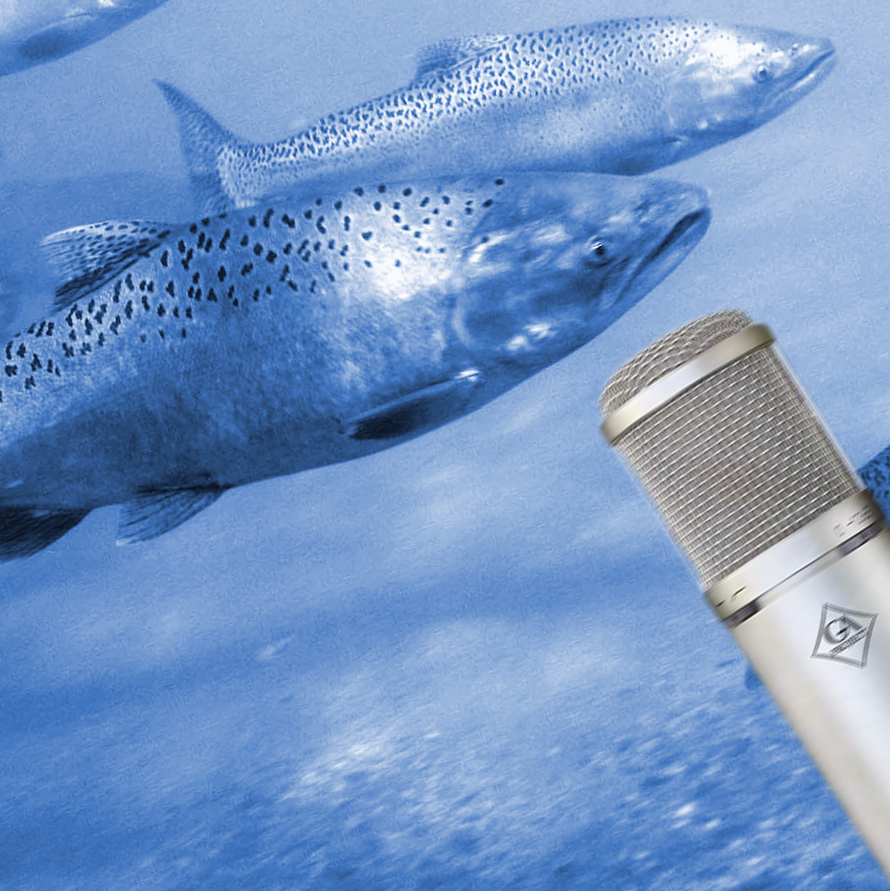Water good for audio studies
 Experts are pushing for more acoustic monitoring in freshwater systems.
Experts are pushing for more acoustic monitoring in freshwater systems.
Listening to the environment is increasingly used as a means of monitoring change in ecosystems.
“Monitoring freshwater ecosystems is time consuming and costly. Using acoustics enables us to observe what is going on 24/7,” explains researcher Dr Camille Desjonqueres.
In a new edition of the journal Freshwater Biology, the biggest names in the field were asked to help tackle some of the key steps to acoustics in the freshwater realm.
In their editorial, the researchers identified ways to progress the field.
“We often arrive at a site and have no idea what produces the sounds we are hearing. A few articles – by our group, but also by one of the US-based gurus in the field – describe how sounds are identified and characterised,” says Dr Toby Gifford, formerly a lecturer at the Griffith Conservatorium.
Other articles deal with automatic sound processing. Dr Gifford, a global leader in real-time sound processing, explains: “We aim to build a Shazam for fish – a fish swims by and we can identify it in real-time.”
Another obstacle is spatial and temporal variation.
“Everybody knows the bird dawn chorus,” Dr Desjonqueres said.
“Underwater soundscapes have similar dynamics.
“Some articles in the issues, including one by our student Chris Karaconstantis, explore how to minimise sampling error by optimising when and how often to measure.”
Griffith University senior lecturer Dr Simon Linke says the holy grail is to derive a link between sounds and ecological condition.
“We have cracked some aspects of it: articles from France and the US describe the detection of invasive species – also worked with a catchment management authority in the Murray-Darling basin on acoustic detection of the benefits of the water buyback scheme,” he said.
However, more research – which is partly underway in Dr Linke’s lab – is needed to be able to generalise links between sound and ecological condition.








 Print
Print